That Elegant, Classic Look: How to Get It in Your Home (Without a Royal Budget)
Over my years as a designer, I’ve seen all sorts of styles make a comeback. But lately, thanks to a certain binge-worthy show, everyone is falling in love with that classic, formal English style. And I get it! It’s all about elegance, grace, and a kind of refined charm that just feels timeless.
In this article
But here’s the secret: getting this look is less about buying fancy curtains and more about understanding the ideas behind it. It’s a game of proportion, light, and smart material choices. My job often involves bringing this spirit into homes, and I want to share some of the practical tricks I’ve learned along the way.
This isn’t about turning your apartment into a museum. It’s about borrowing the best parts of this beautiful era to create a home that feels both authentic and totally livable.
First Things First: It’s All About Light and Balance
Before you even think about paint swatches or furniture, you need to get the feel of the room right. The whole style is built on principles from classical art—think symmetry, clean lines, and a sense of order. A well-designed room in this style just feels… balanced. Everything has a counterpart, and it creates a calm, pleasing effect.
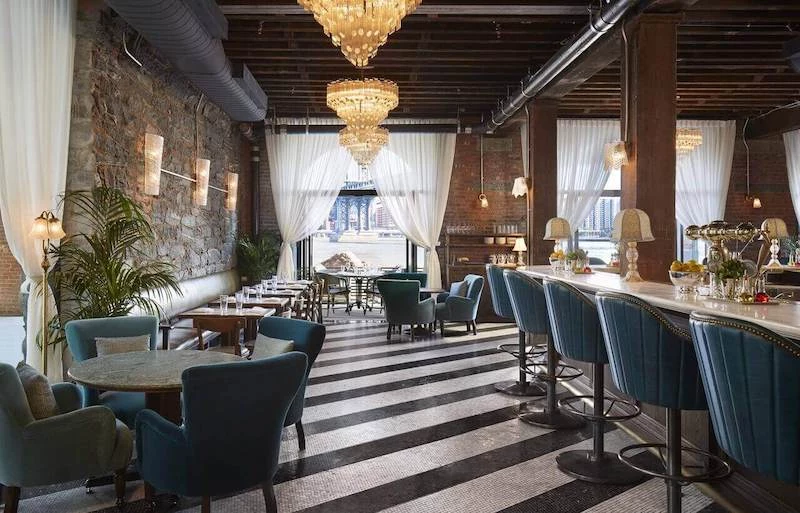
But the real superstar here is light. Back in the day, without electricity, maximizing daylight was everything. That’s why you see those huge, gorgeous sash windows, often running nearly from floor to ceiling. They were designed to pour light deep into a room.
The pros used a clever trick to double down on that light: mirrors. A big, gilded mirror, especially when placed over a fireplace, becomes a powerful focal point. It reflects all the light from the windows during the day and the soft glow of lamps in the evening, making the whole space feel brighter and bigger.
Try This Today: Take the biggest mirror you own and hang it directly opposite your main window. Just leave it for a day and notice how much more light you have. See? That’s the core principle in action!
By the way, if you don’t have towering windows (and who does?), you can fake it. A common designer trick is to hang your curtain rod much higher and wider than the actual window frame. It creates the illusion of a much larger window and lets in more light when the curtains are open.
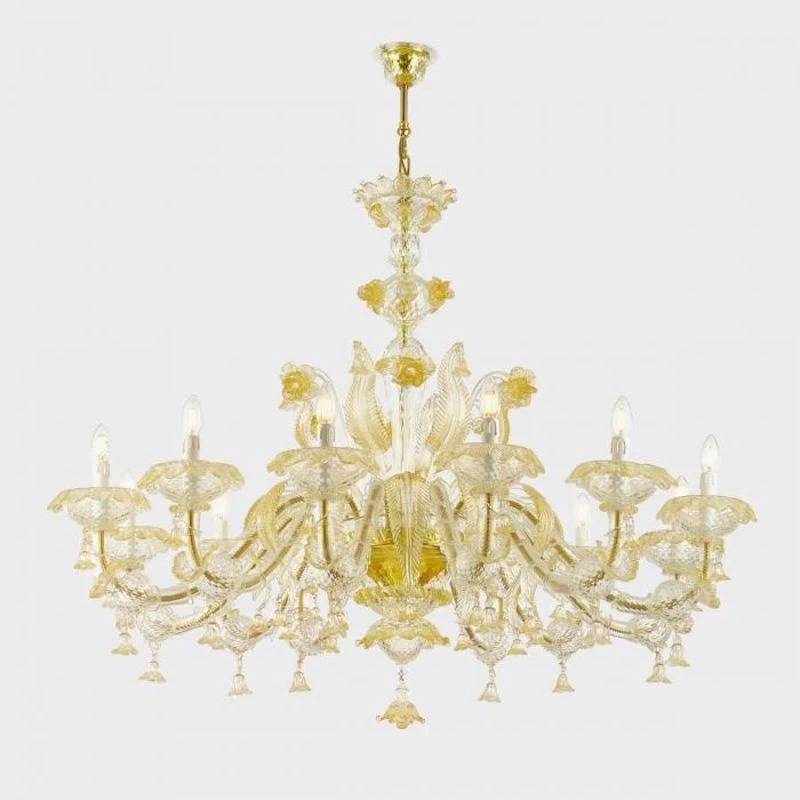
Getting the Look: A Pro’s Guide to the Details
Achieving this style really comes down to the details. It’s the specific textures, colors, and shapes that sell the whole look. Here’s where to focus your energy and budget.
The Real Color Palette (It’s Not Just Pastels!)
Lots of people think this style is all pale blues and soft pinks. And while those were used, the true palette was much richer and more daring. The colors were based on natural pigments, which gave them a certain depth you don’t always find in modern paints.
Strong, vibrant colors were totally in fashion. You’d see deep, moody greens in libraries, and bright, sunny yellows in dining rooms. Warm, earthy reds and terracotta tones, inspired by ancient archeological discoveries, were also very popular. One of my favorite projects involved a study painted in a deep, dramatic green. With the right lighting, it felt both grand and incredibly cozy.
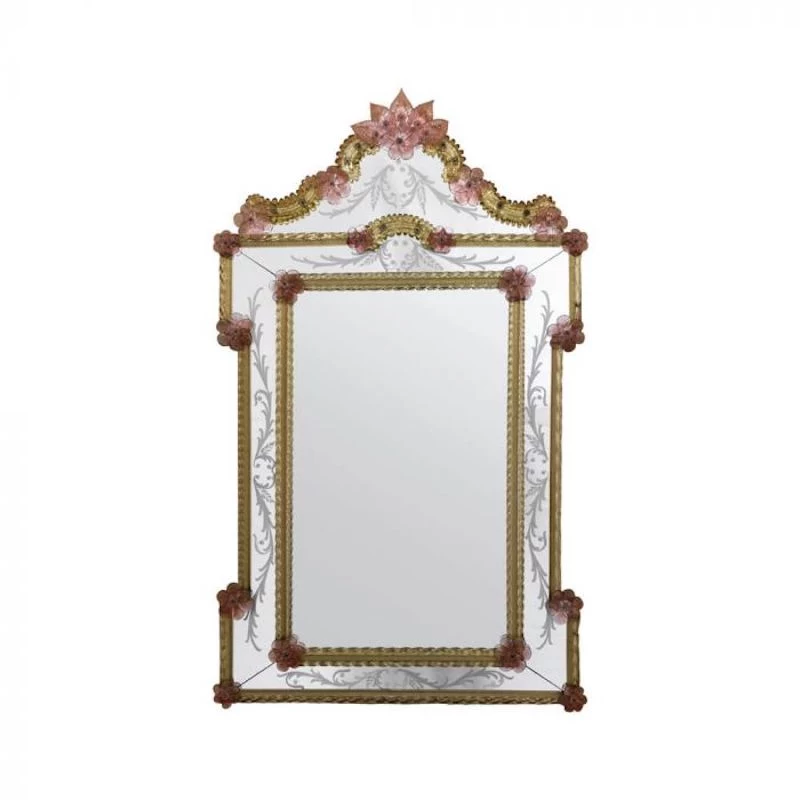
Of course, for a lighter, airier feel in a living room or bedroom, you can’t go wrong with soft stone colors, pale lilacs, or a classic powder blue. A great technique is to use one main color on the walls and then paint the trim and architectural details in a slightly lighter shade of that same color. It’s subtle, but it looks incredibly sophisticated.
Good to know: When you’re at the paint store, look at the historical collections from brands like Farrow & Ball or Little Greene. For that moody green I mentioned, something like Farrow & Ball’s ‘Studio Green’ or Little Greene’s ‘Obsidian Green’ is perfect. For a timeless blue, check out ‘Parma Gray’. They have the right chalky, matte finish that mimics old-school paints.
Furniture with Elegance and Shape
The furniture from this period is known for being delicate and light on its feet—a big departure from the heavier, chunkier styles that came before it. The look was defined by influential pattern books that spread a new vision for interior design.
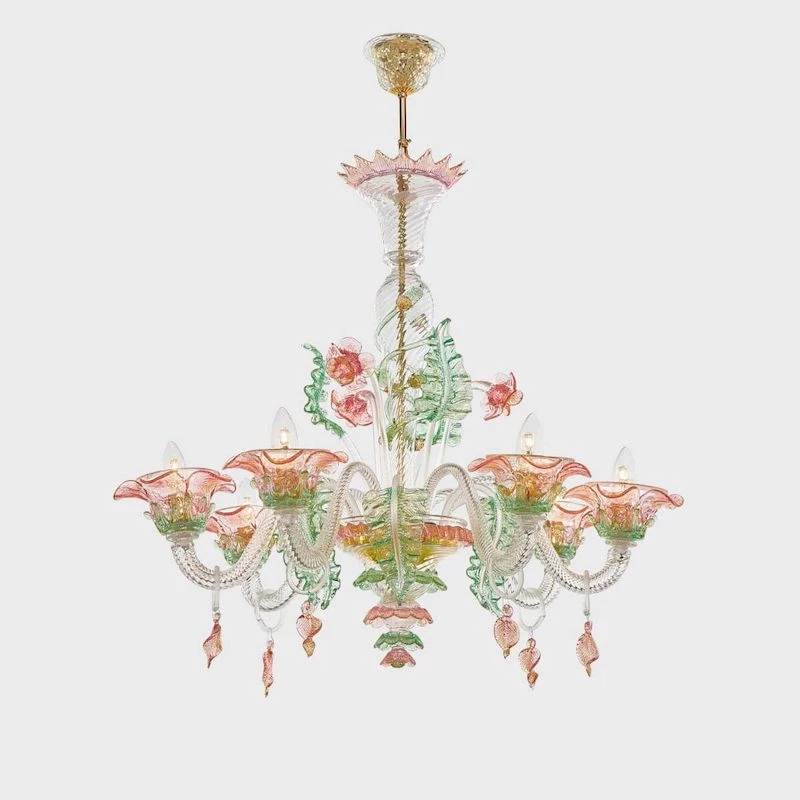
Here’s what to look for when you’re shopping:
- Beautiful Woods: Mahogany was a favorite, often used as a thin layer (a veneer) to make it go further. You also see gorgeous rosewood and satinwood, plus a classic black lacquered finish—often with gold details—that was meant to look like imported Asian pieces.
- Slender Legs: Forget heavy, carved legs. Look for furniture with thin, tapering legs, either straight or with a gentle curve. The ‘sabre leg,’ which sweeps outward like a sword, is a hallmark of this style.
- Classic Details: Keep an eye out for little details borrowed from antiquity, like lion’s paw feet on tables, lyre shapes in chair backs, and thin lines of inlaid brass.
When I’m out hunting for pieces, I check the joinery. Authentic older pieces often have hand-cut dovetail joints, which look a little irregular. It’s a small detail, but it’s a dead giveaway that you’re looking at something with real history.
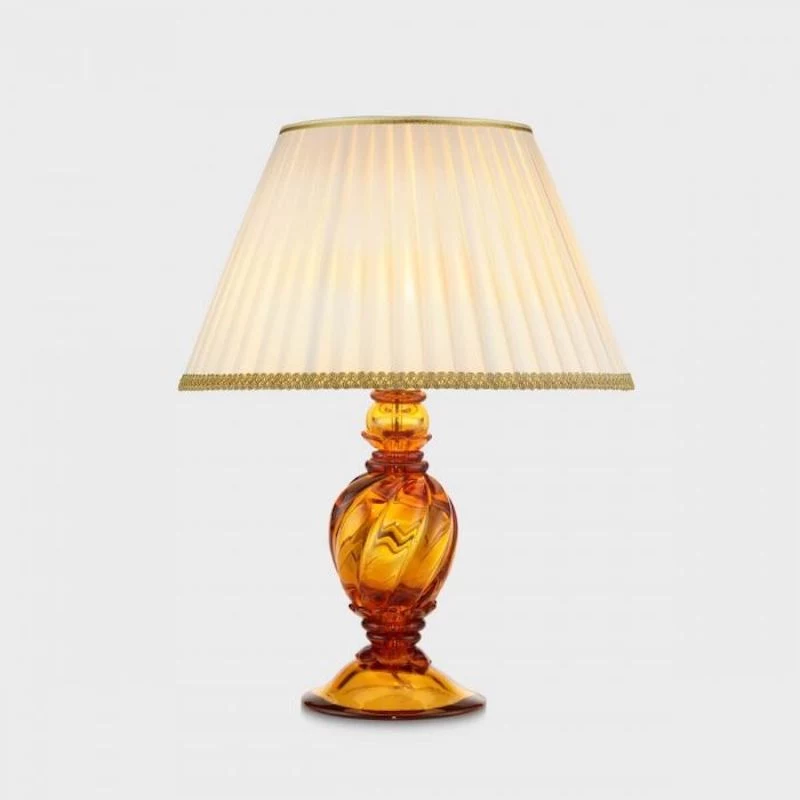
Fabrics and Dramatic Windows
Fabrics are your secret weapon for adding softness, color, and luxury. Silk was the ultimate status symbol, especially in damask weaves with large, subtle patterns. Stripes were also huge, used for everything from sofas to curtains. For a more relaxed, country vibe, printed cottons with floral patterns, known as chintz, were a go-to.
And the windows… oh, the windows were a whole performance! Curtains weren’t just functional; they were elaborate displays. They often had a stiff, decorative board at the top called a pelmet to hide the hardware, with elegant swoops of fabric (swags) and vertical ‘tails’ framing the window. For a true touch of luxury, the curtains were made extra long so they would ‘puddle’ on the floor by a good two to six inches.
How to Actually Do This: A Cheat Sheet for Today’s Homes
Feeling a little overwhelmed? Honestly, you don’t need a mansion or a bottomless bank account. Here’s a quick cheat sheet to get the essence of the style.
- Start with a Big Gilded Mirror. This is the biggest bang for your buck. Place it over a mantel, a sideboard, or opposite a window.
- Use Striped or Silk-Like Fabrics. Even a few throw pillows in a classic stripe or a faux-silk can instantly signal the style.
- Find One Piece with Sabre Legs. A single side table or accent chair with those signature curved legs can set the tone for the whole room.
- Choose a Heritage Paint Color. As we talked about, paint is the easiest and cheapest way to create a mood.
- Think Symmetrically. Arrange your furniture in a balanced way. A pair of lamps, a pair of chairs, a pair of end tables—it creates that sense of order and calm.
Splurge vs. Save: Getting the Look on a Budget
Let’s be real: authentic antiques from this period are incredibly expensive. But don’t worry, there are plenty of ways to get the look without spending a fortune.
I often tell my clients to follow the ‘One Good Piece’ rule. Invest in one or two amazing items that will be the stars of the show, and then build around them with more affordable finds. For example, a high-quality new gilt mirror might cost you between $400 and $900, but it will completely transform your space. A genuine antique sideboard could be $5,000 or more, but you can often find beautiful ‘revival’ style pieces from the early twentieth century for a fraction of that. I once found a gorgeous little side table at a flea market for $50. It was a bit wobbly and the finish was shot, but after a little wood glue and a fresh coat of black lacquer paint, it looked like a million bucks.
So, where should you spend your money? Here’s my take:
Splurge: If you can, splurge on custom window treatments. Getting that draped, puddled look right with quality fabric makes a huge difference. Or, invest in that one great armchair or sideboard you’ll love forever.
Save: You can create amazing curtains on a budget! A classic trick is to buy extra-long linen or velvet-look curtains from a place like IKEA or HomeGoods. Then, take them to a local tailor to have them hemmed to the perfect puddle length and maybe even add a decorative trim along the edge. It looks custom for a fraction of the price.
Heads Up! A Few Words of Warning From Experience
Creating your dream home should be fun, but a few things require serious attention. Please, learn from mistakes I’ve seen people make!
First, that gorgeous crystal chandelier? It’s heavier than you think. WAY heavier. I was once called to a project where a homeowner had hung a massive antique chandelier themselves, and the ceiling was literally cracking under the weight. Modern ceilings often need extra support, called blocking, installed between the joists. This is a non-negotiable job for a licensed electrician and contractor.
Second, be smart about fire. The romantic flicker of candlelight is beautiful, but it’s a huge fire risk with all those flowing fabrics. Use real candles sparingly for special occasions and NEVER leave them unattended. For everyday atmosphere, use high-quality LED candles or put your lamps on dimmer switches.
Finally, if you’re working in an older home, be aware of potential hazards like lead paint. Before you start sanding or scraping, get it tested. If it’s there, you need to hire a certified pro to handle it safely.
At the end of the day, the goal isn’t a museum-perfect reproduction. It’s about being ‘style-inspired.’ It’s about capturing the spirit of elegance, light, and balance in a way that works for your life and your budget. Be honest about what you can spend, make smart choices, and create a space that you absolutely love coming home to.
Inspirational Gallery
How do I choose the right color palette?
While light neutrals are a safe bet, authentic period rooms were often surprisingly bold. Don’t be afraid of color, but choose sophisticated, muted versions. Think of dusty blues, soft sage greens, or even a deep burgundy for a library or dining room. Brands like Farrow & Ball or Little Greene excel at these complex, historic shades. Their ‘Setting Plaster’ offers a warm, aged pink, while ‘Hague Blue’ provides a timeless, dramatic depth that feels both classic and current.
- Adds instant gravitas and a sense of history.
- Creates a rich, tactile layer that simple paint cannot replicate.
- Helps to absorb sound, making large rooms feel more intimate.
The secret? Using decorative wall treatments. Think beyond the paint can. A Chinoiserie wallpaper (brands like Graham & Brown offer stunning modern interpretations) or even textured grasscloth can provide the perfect historical backdrop for your furniture.
The fatal mistake: the ‘doll’s house’ effect. A common pitfall is filling a room with small, delicate furniture, thinking it conveys elegance. In reality, classic design relies on confident scale and proportion. It’s better to have fewer, larger pieces with good ‘bones’—like a substantial sideboard or a high-backed armchair—than a collection of small items that get lost in the space and feel timid.
More than 80% of interior designers reported sourcing vintage items for their projects in the last year.
This isn’t just a trend; it’s the soul of classic style. ‘Brown furniture’—the mahogany, walnut, and oak pieces from previous generations—is often more affordable and better made than new mass-market items. Look for solid wood construction and dovetail joints on drawers as signs of quality when browsing flea markets or online marketplaces.
The magic of this style is in the layering of textures. Imagine the cool, smooth surface of a marble fireplace mantel, the soft pile of a worn Persian rug underfoot, and the crisp rustle of silk taffeta curtains. It’s a sensory experience. Combine different materials—velvet, linen, polished wood, and gilded metal—to create a room that feels curated and rich, inviting you to touch and experience its different surfaces.
Silk Damask: The ultimate in formal luxury, its woven, often two-toned patterns catch the light beautifully. Ideal for formal drapery or statement upholstery on a piece that won’t see heavy daily use.
Cotton Velvet: Offers a rich, plush feel with a more matte finish. It’s more durable and forgiving than silk, making it a perfect choice for sofas and armchairs that are meant to be lived in, providing comfort and opulence in equal measure.
For a balance of elegance and practicality, velvet is often the modern designer’s go-to.
The ‘Dado Rail’ wasn’t originally decorative. In the 18th century, its main purpose was to protect walls from being scuffed by the backs of chairs.
Give your home the underlying structure it needs with a few simple additions. Even in a modern apartment, you can evoke a classic feel:
- Add a Ceiling Rose: A lightweight polyurethane medallion, like those from Orac Decor, can be easily installed to anchor a chandelier or pendant light.
- Install Picture Moulding: A thin rail placed a foot or so below the ceiling adds instant architectural character and a traditional way to hang art.
- Upgrade Your Skirting: Replacing standard, thin baseboards with taller, more shapely ones dramatically elevates the room’s entire proportion.
The classic look is being reimagined by a younger generation in a trend often called ‘Grandmillennial’. It’s about taking the best of ‘granny-chic’ and making it fresh and fun. The key is the mix:
- Pair a traditional floral sofa with a sharp, modern piece of art.
- Place a sleek, contemporary lamp on an antique wooden side table.
- Use classic patterns like chintz or toile, but in unexpected, vibrant colorways.
Don’t overlook the power of flooring. While wall-to-wall carpet can work, a dark-stained wood floor provides the ideal canvas. It grounds the room and allows ornate furniture and rich textiles to shine. A large, high-quality rug—whether a traditional Oriental or a more modern sisal—is essential to define the seating area and add a crucial layer of warmth and texture.










